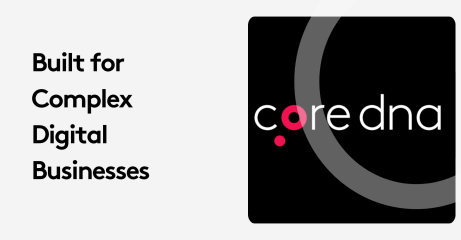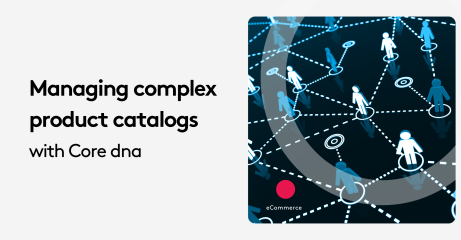Trends in eCommerce : How the Challenges with Transparency & Sustainability Will Shape eCommerce's Future
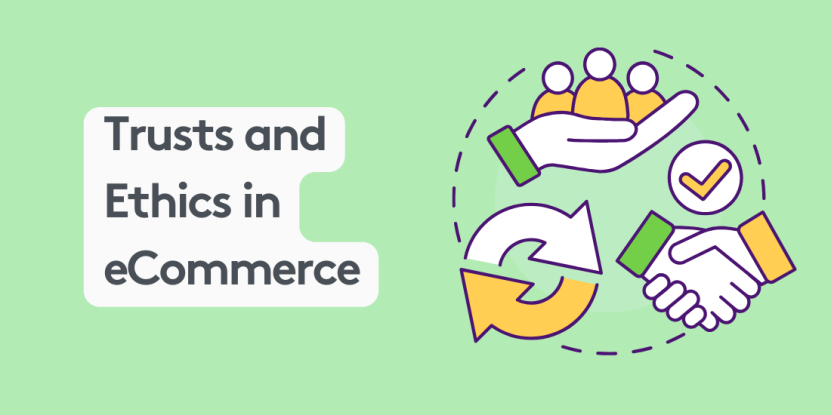
As we move forward, e-commerce is becoming more than just a convenient way to shop. Consumers are becoming more conscious and they are demanding sustainability, transparency, and authenticity from the brands they choose. This article dives into three major trends shaping the future of online shopping.
On this page:
1. Green Consumerism: Conscious Shopping
With 62% of people saying they “always or often” seek products to purchase because they are sustainable, there is no doubt that today’s buyers are environmentally conscious. It's not just about purchasing; it’s about making an impact as 68% of global consumers say they would be willing to reduce their consumption by half to avoid environmental damage and/or climate change.
Here are the different ways Brands are responding these consumption changes
Transparency and Authenticity
- Visibility of supply chains: product origins, material suppliers, labour practices, and more should be clear to consumers. Certifications, ethical sourcing partnerships, sustainability measures that brands take are being highlighted.
- Life cycle assessments: making informed choices through sharing product cradle-to-grave environmental impact data.
- Greenwashing crackdown: Customers are tired of misleading “Green” claims; they want actions that speak louder than words.
Everlane commitment to transparency have been at the forefront of their brand and community building. They showcase how brands can succeed while being open, transparent and true with their customers from pricing to product lifecycle.
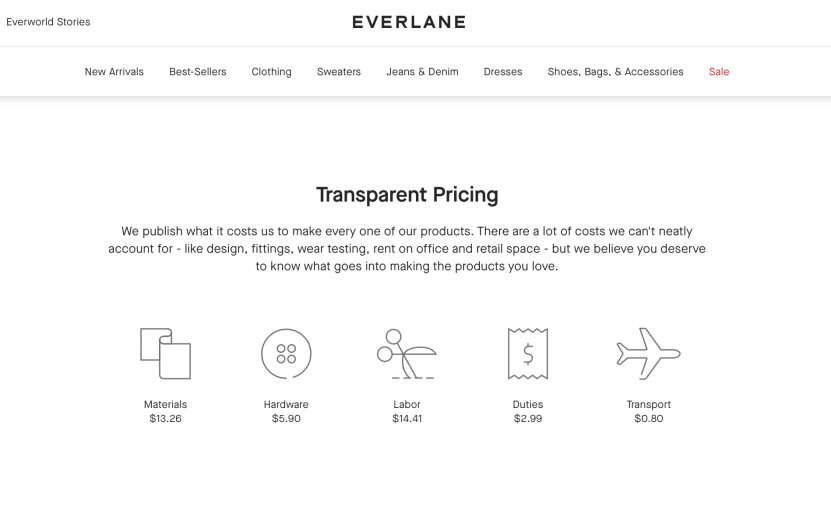
Sustainable Product Innovation
- Eco-friendly materials: products made from recycled, organic or biodegradable materials are on the rise.
- Upcycled and refurbished goods: sustainable alternatives through second-hand products and refurbished items extending product lifecycles.
- Subscription and rental models: access instead of ownership for consumers leading to less waste and circular economies.
Patagonia is without a doubt the leader in terms of sustainability and true commitment to better business practices. They are also one of the first to embrace circular economy and launched https://wornwear.patagonia.com/ where customers can shop pre-loved and repaired items from the brand.
Personalized Sustainability
- AI-powered recommendations: algorithms suggest alternative eco-friendly options based on individual purchasing histories and preferences
- Carbon footprint calculators: mindful customer choices as they understand how buying certain products will affect the environment
- Offsetting options: it is possible to mitigate the buyers’ damage by simply allowing them to offset their carbon while checking out online
Delivery and Packaging Optimization
- Carbon-neutral shipping: Partnerships with eco-conscious shipping providers that allow offsetting carbon emissions
- Sustainable packaging: recycled, biodegradable or minimal packaging solutions
- Reduced/reusable packaging options: reusing shipment containers or asking customers for return of that packaging would help in eliminating massive amounts of waste.
Several options have popped up for brands to answer the need for more sustainable and eco-friendly packaging to make consumer feel better about their consumption.
Pregis a great option for packaging that puts the planet first.
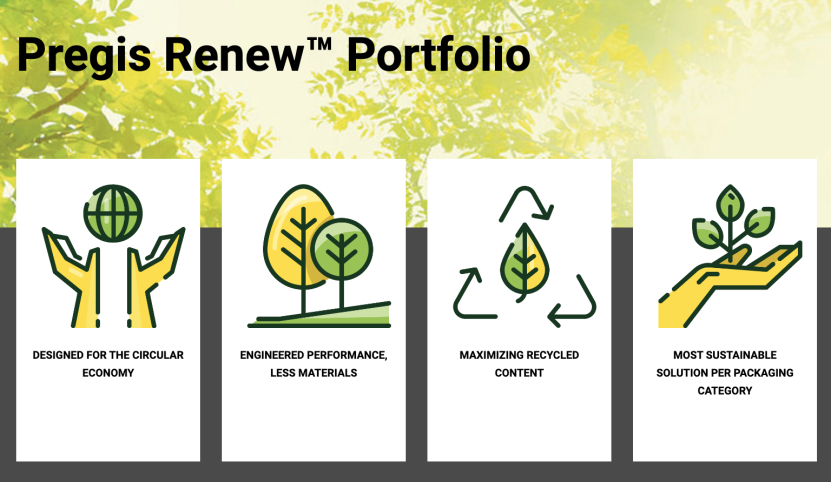
Community and Collaboration
- Brand partnerships with environmental organizations: Collaborative initiatives raise awareness about environmental issues while also supporting them.
- Customer engagement through storytelling: Sharing stories about sustainability activities highlighting social impacts; engaging customers in such eco-friendly drives.
- Rewarding conscious choices: Gamified loyalty programs and incentives for eco-friendly purchases.
Looking Ahead
- Circular economy models: products designed for disassembly, reusing, and recycling will be increasingly common in businesses.
- Emerging technologies: blockchain for supply chain transparency, AI for optimizing logistics, and AR/VR for reducing physical samples through virtual product visualization
- Regulations and standardization: Governments and organizations will likely establish stricter sustainability standards for e-commerce
2. Blockchain in Ecommerce: Trust Revolution
Blockchain technology has brought new levels of transparency and security to e-commerce. You can liken it to an indelible stamp of trust on every transaction you conduct
However, it’s not all about safety. Blockchain in eCommerce is a bridge made out of trust. Although it is praised as a game-changer, the impact of blockchain on eCommerce is just beginning to be felt. The trust revolution that it promises revolves around its expected advantages, but difficulties and constraints must be critically examined.
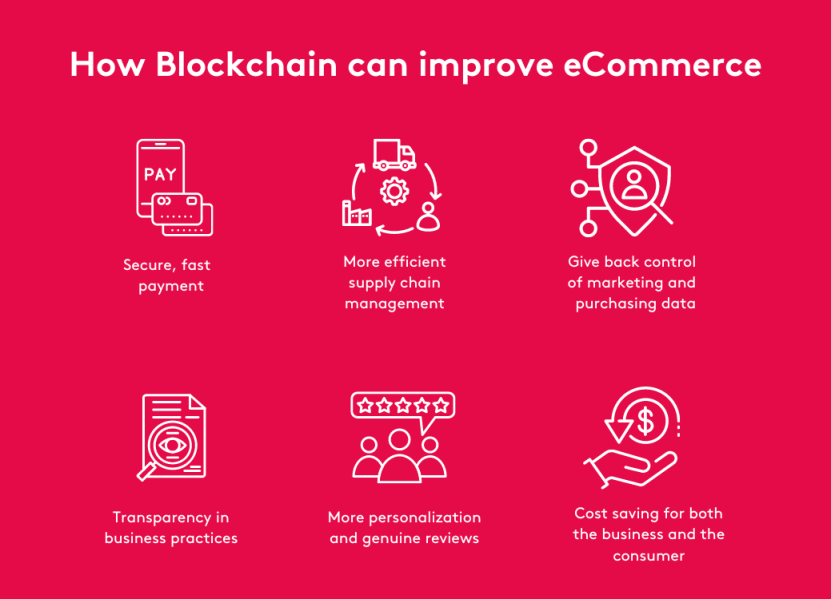
- Better product authentication: Traceability of products from source to market protects their genuineness and counters faking.
- Safe payments: Secure and transparent transactions can be made through cryptocurrencies and smart contracts minimising frauds and chargebacks.
- Enhanced privacy for personal data: Storage of consumer information on various computers guarantees its safety from hacking.
- Efficient supply chain logistics and inventory management: Complexities eliminated by mechanizing tasks, product traceability stepped up, efficiency maximized along the chain.
Challenges and Limitations
- Scalability and adoption: Scalability issues persist within current blockchain systems while few businesses are using them widely.
- Integration costs during development stage: Technical know-how would be required to set up complex blockchain solutions at an excessive cost
- Regulatory ambiguity: There’s still a hazy legal framework about where e-commerce applications are heading with respect to blockchain.
- Energy consumption in some blockchain protocols raises concerns about the environment because they use lots of resources.
Current Applications and Future Potential
- Luxury goods and high-value items require authenticity checks since blockchain can help establish provenance here too.
- Transparency in supply chains could appeal highly to those who prefer ethically sourced materials or eco-friendly practices being used
- Loyalty programs based on tokens; this means that giving customers digital rewards creates an engagement platform for communities built around this technology (blockchain).
- Decentralized marketplaces powered by blockchain have potential to disrupt traditional e-Commerce models which rely heavily on intermediation
Blockchain has tremendous potential for transforming trust and transparency in e-commerce, but it is not a panacea. Although early adopters are testing possibilities for its usage, questions of scalability, costs and regulatory regimes should be answered. Such analysis has to be done within specific contexts of individual firms and keeping up with the fast-paced changes in it is crucial for survival in this era of disruption.
3. Brand authenticity against social-scam concerns
With increasing concern about trust in online shopping especially on social media platforms, brands are focusing on authenticity as a way to differentiate themselves from scams and fake products
How to build trust with online consumer? Keep it real
Transparency and Vulnerability
- They are the real thing when genuine brands share their struggles and successes. With this kind of openness they cannot easily be mimicked by fraudsters who often try to pretend they are perfect.
- Owning up mistakes and addressing concerns proactively shows accountability thereby strengthening trust.
Community Building and Engagement
- This allows customers to spot any suspicious activities within the online community faster. Encourage authentic interactions as well as create an inclusion atmosphere.
- Actively communicate with your customers through social media, responding promptly to comments or messages in your own voice. This approach leaves scammers with nowhere to hide.
Proactive Education and Empowerment
- Enlighten customers about general social scams that exist today. Provide advice on how one can know if a given brand’s account is verified, what phishing attempts entail, as well as how personal information could be safeguarded.
- By giving clear channels for reporting suspicions you empower consumers so that they feel safe enough to air their concerns freely.
Verification And Security Measures
- On social media platforms use verified accounts badges displayed prominently. Implementing additional safety measures such as two-factor authentication is important too.
- Respond quickly by monitoring suspicious activities or profiles on social media so that fake profiles are deleted instantly.
Limitations And Challenges
- Brands need vigilance due to changes in ways of scamming from con artists’ side constantly evolving tactics
- Creating true brand authenticity takes time and effort; it cannot be achieved overnight
When combined with proactive education and strong security measures, brand authenticity can serve as protective measure against social scams. Although not a sure-fire solution, it builds trust, enables consumers and complicates matters for fraudsters going around as you. Remember, tackling social scams requires various actions, brand authenticity is one of the things that matter.
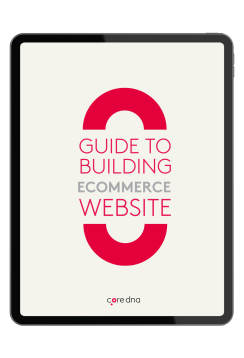
Building an eCommerce Site: The Ultimate Guide
A step-by-step approach to building a high-converting eCommerce site.











